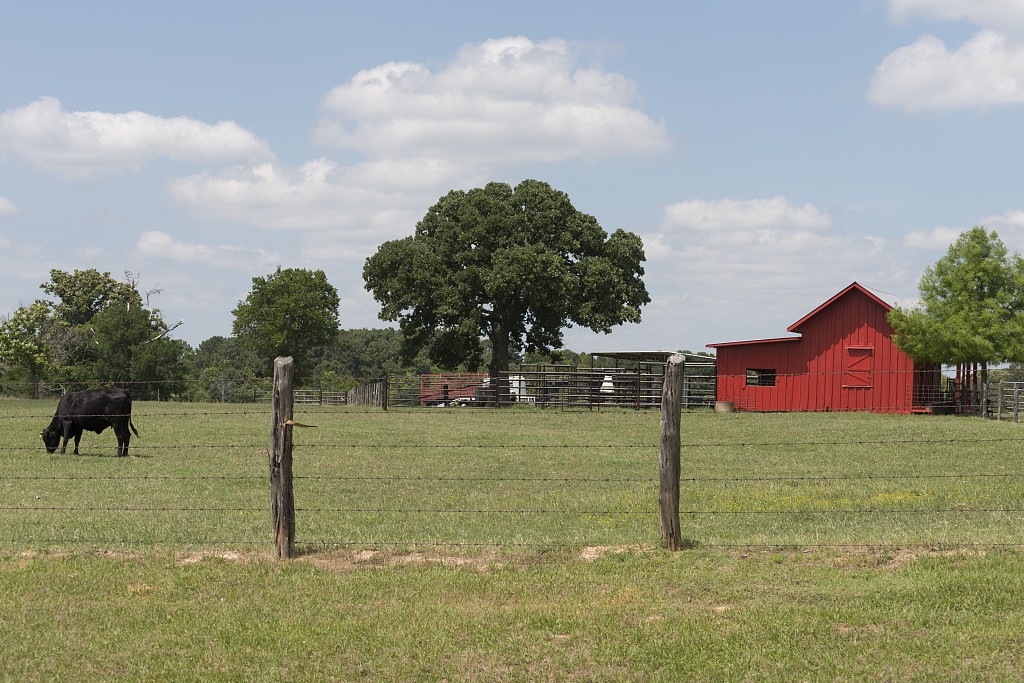The iconic red barn is a staple of rural landscapes. But have you ever stopped to wonder why so many barns are painted this particular color? The reason isn’t just aesthetic; it’s a fascinating blend of practicality, affordability, and tradition that dates back centuries.
The Origins of the Red Barn
The practice of painting barns red began in the late 18th century with resourceful New England farmers. Lacking modern paint options, they devised a protective sealant for their barns using readily available materials. This mixture often included linseed oil, a natural waterproofing agent derived from flax seeds, combined with lime and iron oxide.
Iron oxide, abundant and inexpensive due to its prevalence in the earth, was the key ingredient that gave the mixture its distinctive reddish hue. When exposed to sunlight, this concoction would oxidize further, deepening into the familiar red ochre color we associate with barns today. This early form of paint not only protected the barn wood from the elements, extending its lifespan, but also happened to be a cost-effective solution.
The Rise of Red Paint and Tradition
As commercially produced paints became more accessible, farmers continued to favor red. The tradition established with the earlier iron-oxide mixtures persisted, making red a readily recognizable symbol of rural life. Red paint also maintained its affordability due to the continued abundance of iron oxide. This made it a practical choice for farmers looking to protect their investment without breaking the bank.
Beyond Practicality: Red’s Cultural Significance
The prevalence of red barns extends beyond mere practicality. The vibrant color stands out against green fields and blue skies, creating a visually appealing contrast that has become ingrained in our cultural understanding of rural landscapes. This iconic imagery has been captured in countless photographs and artworks, solidifying the red barn’s place in American iconography. The color’s longevity also speaks to the enduring traditions of farming and the value placed on resourcefulness and practicality in rural communities.
Red Barns in Modern Times
Even in modern times, the tradition of painting barns red continues. While contemporary paint options provide a wider array of colors and formulations, many barn owners still opt for the classic red. It’s a testament to the enduring appeal of tradition and the color’s continued association with agricultural heritage.
Beyond agricultural structures, the red barn aesthetic has found its way into various architectural designs and commercial applications. Restaurants, shops, and even miniature golf courses have adopted the red barn motif, demonstrating the color’s enduring appeal and cultural significance. The simple red barn remains a powerful symbol of rural life, hard work, and American heritage.
